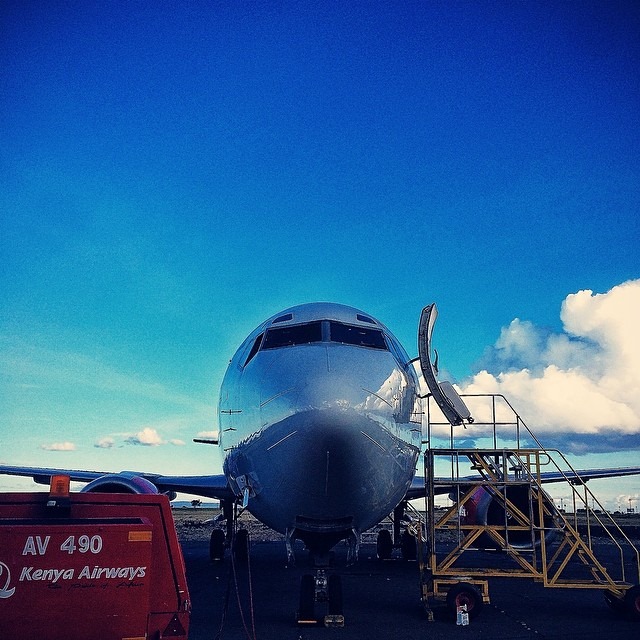According to an article from Aviation Benefits, “Aviation is a key driver of global development. Over a third of all trade by value is sent by air, which makes trade a key component of business worldwide.” The article further says, “The aviation industry supports USD 3.5 trillion or 4.1 per cent of the world’s gross domestic product (GDP). If aviation were a country, it would rank 17th in size by GDP.”
Data from the Kenya National Bureau of Statistics shows that the aviation industry contributes 4.6 per cent of Kenya’s total annual GDP. This translates to slightly under half a million jobs. The industry is thus a major contributor to the economy through employment opportunities, receipts from exports and taxes collected by the exchequer.
From the foregoing, it is a fair assessment that anything that detracts from the aviation industry in the country poses an existential threat to national security. The Jomo Kenyatta International Airport (JKIA) is, after all, Africa’s biggest export hub by volume. From JKIA, fresh vegetables, fruits, cut flowers and chilled meats are exported to major markets in Europe and the Middle East.
Whereas Kenya Airways, Kenya’s national carrier, has four freighters and also takes up a lot of cargo in the belly of its passenger planes, the bulk upliftment of cargo from the airport is largely by foreign freighters.
Khafafa: Tanzania’s win over Kenya in spat over JKIA cargo rights was ‘meaningless’
This column has previously argued that reliance on cheap foreign freighter capacity is not sustainable. Such freighters, usually carrying heavy mining equipment to the DRC, Angola and other countries, use JKIA as a staging ground for refuelling and change of crew. Because they are always paid up for the full round trip, they can uplift any amount of cargo from JKIA for a pittance on their way back to Europe and America.
The COVID-19 pandemic dispelled any illusions of Kenya’s cargo capacity exceptionalism. It revealed the national security gaps in the country’s export market when all foreign freighters redirected their traffic to more lucrative markets. Suddenly, Kenya was unable to export her fresh produce, cut flowers, chilled meats and seafood.
The issue has recurred yet again. Newspaper reports from last week say, “Several global airlines have withdrawn their freight services at JKIA citing lower returns compared to other routes.” Agayo Ogambi, CEO of the Shippers Council of East Africa says, “The situation at JKIA may get worse as the country is over 800 tonnes less in capacity than the same period last year.”
Kenya Airways has tried to ameliorate these capacity constraints. This is by the recent addition of two new cargo freighters within the past year. Even then, they remain woefully inadequate in the face of ever-growing demand. Several interventions are needed. At a policy level, tax exemptions on imported aircraft and drones should be maintained. The imposition of a 16 per cent value-added tax would disincentivize much-needed investment in the aviation industry.
Second, a deliberate effort must be made to grow local capacity both in terms of infrastructure and support of local airlines. Already, plans are underway to refurbish and expand JKIA. A well-thought-out and executed strategy would not only cement JKIA’s status as a leading hub on the continent but also increase the aviation sector’s contribution to the country’s GDP to double digits.








